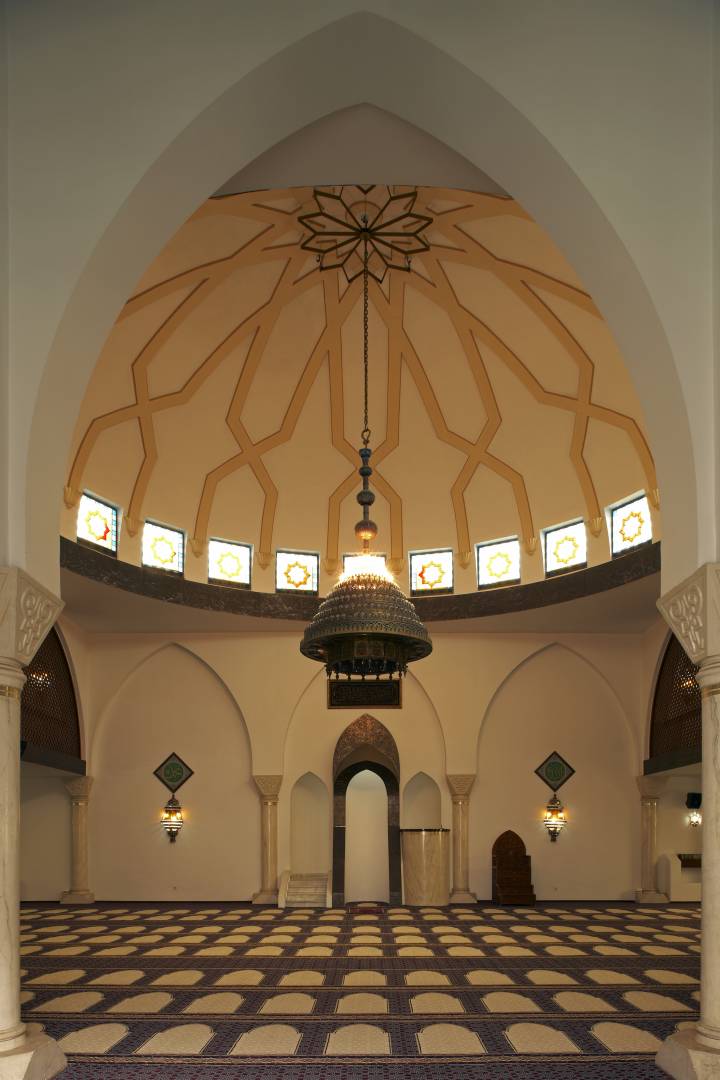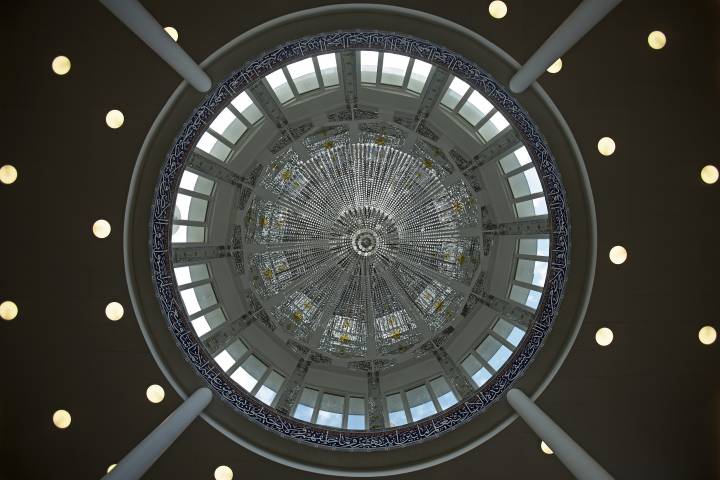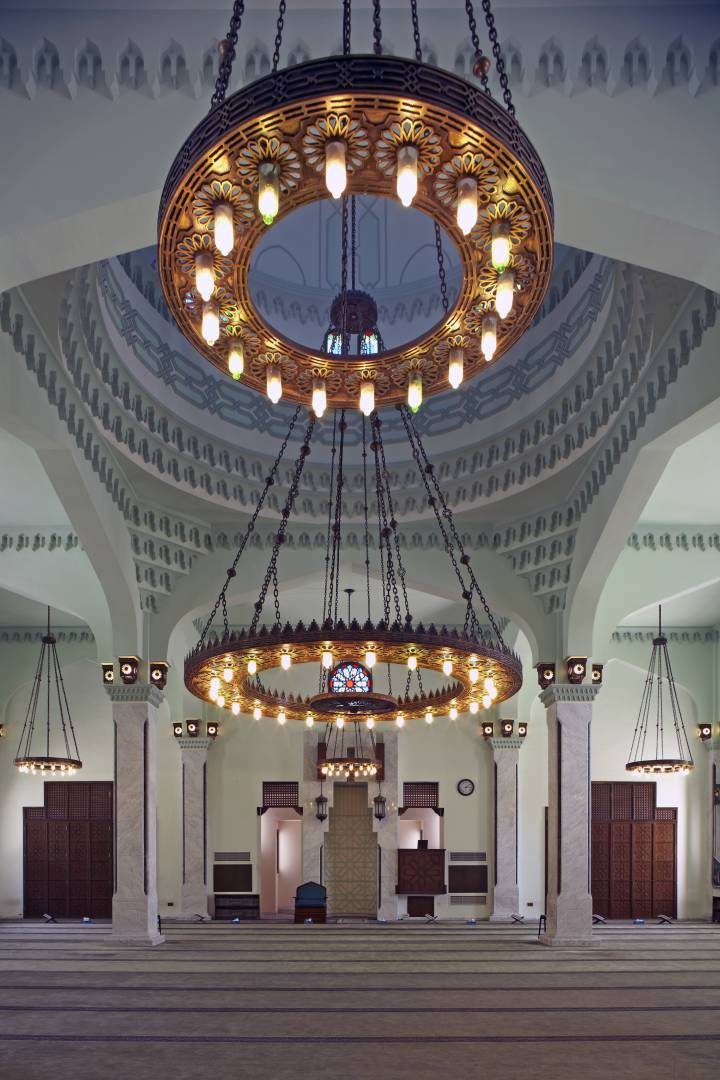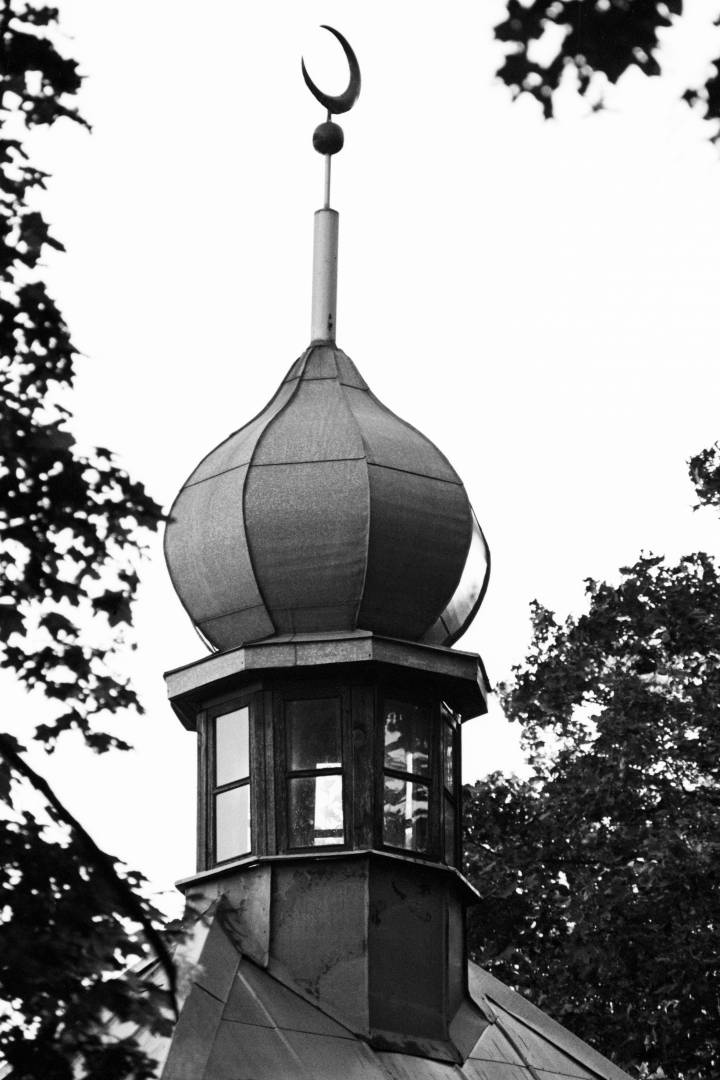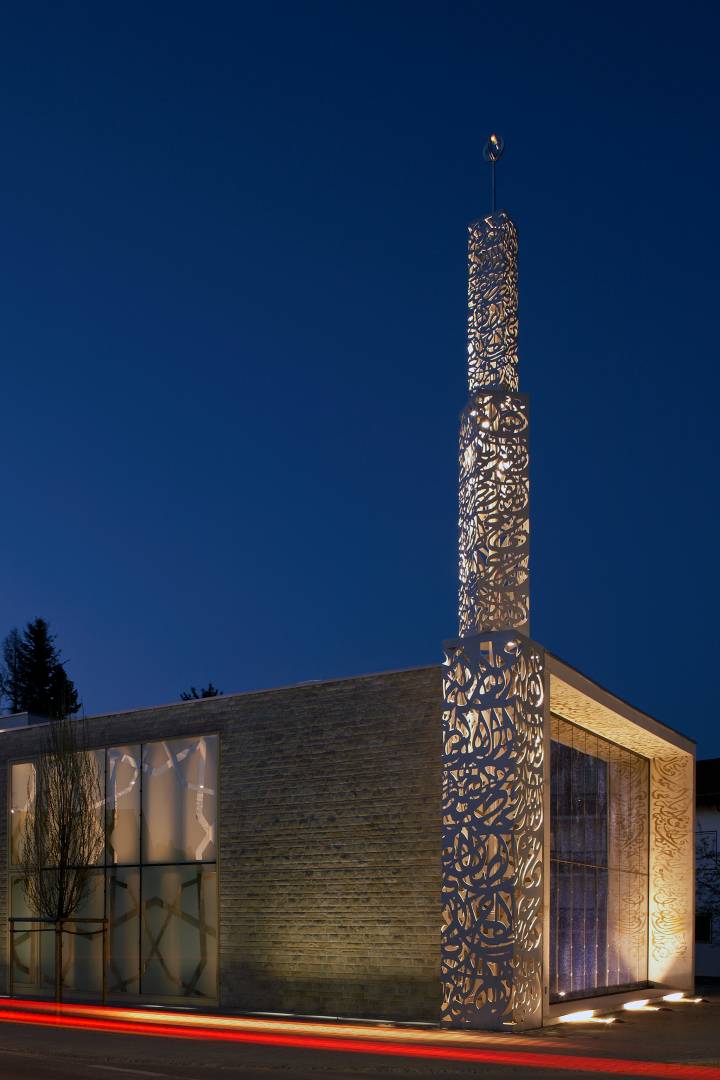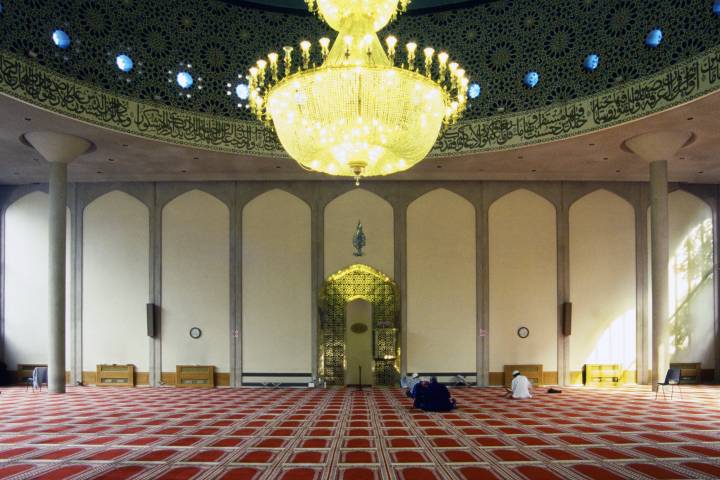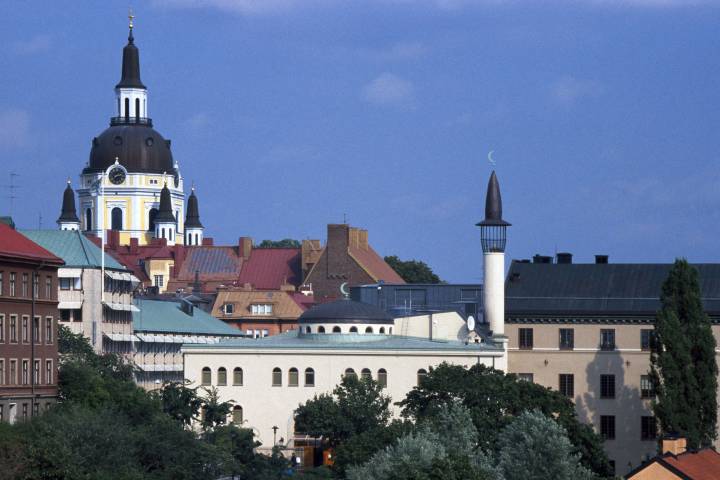Das Buchprojekt hat zum Ziel, Einheit in der Vielfalt zu suchen.
Es befasst sich mit den folgenden Themen:
- die islamische Architektur und islamischen Symbole in Europa,
- die Vielfalt der Darstellungen des Islam in Europa und
- gemeinsame Möglichkeiten und Herausforderungen, vor denen Europäer und europäische Muslime stehen – Möglichkeiten in Verbindung mit der Wahl des Lebensstils, Herausforderungen in Verbindung mit der Herausbildung einer Identität,
- die religiöse, ethnische und kulturelle Vielfalt und Koexistenz in Europa.
Die meisten Muslime, die in den letzten Jahrzehnten nach Europa gezogen sind, versuchen noch immer, ihre eigene Identität zu verstehen – sie sind oft hin- und hergerissen, da sie zwischen Lebensstilen/Ländern Europas und Traditionen/Kulturen des Nahen Ostens stehen. Gleichzeitig fühlen die meisten der Europäer den Drang, ihre Identität zu überdenken – und sind oft hin- und hergerissen, da sie zwischen ihren nationalen Identitäten und der europäischen Integration einerseits stehen und sich andererseits oft herausgefordert fühlen, da sie eine zunehmende Präsenz der islamischen Kultur und Tradition erfahren.
Das Buch in Übergröße mit festem Einband umfasst 320 Seiten, Größe: 25 cm (B) x 27 cm (H), Farbdruck; davon enthalten voraussichtlich 192 Seiten Fotos und 128 Seiten Texte.
Verfasser: Halima Krausen (Deutschland), Jørgen Bæk Simonsen (Dänemark), Agata S. Nalborczyk (Polen), Rauf Ceylan (Deutschland), Tariq Ramadan (Schweiz/England), Christian Welzbacher (Deutschland).
